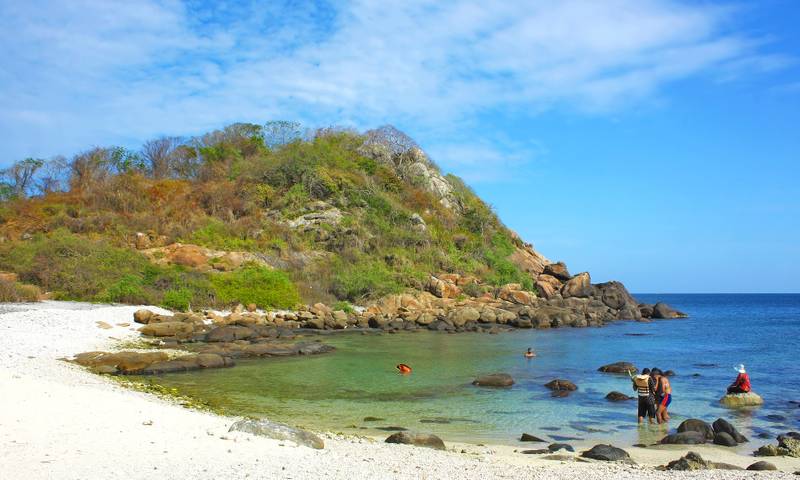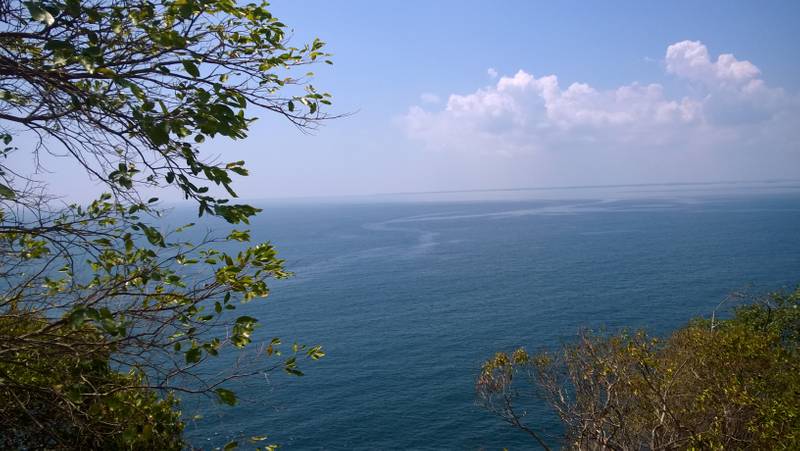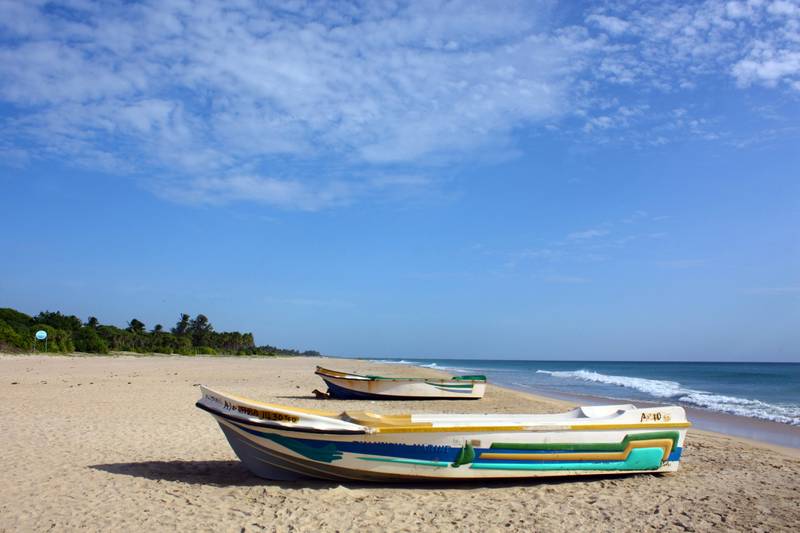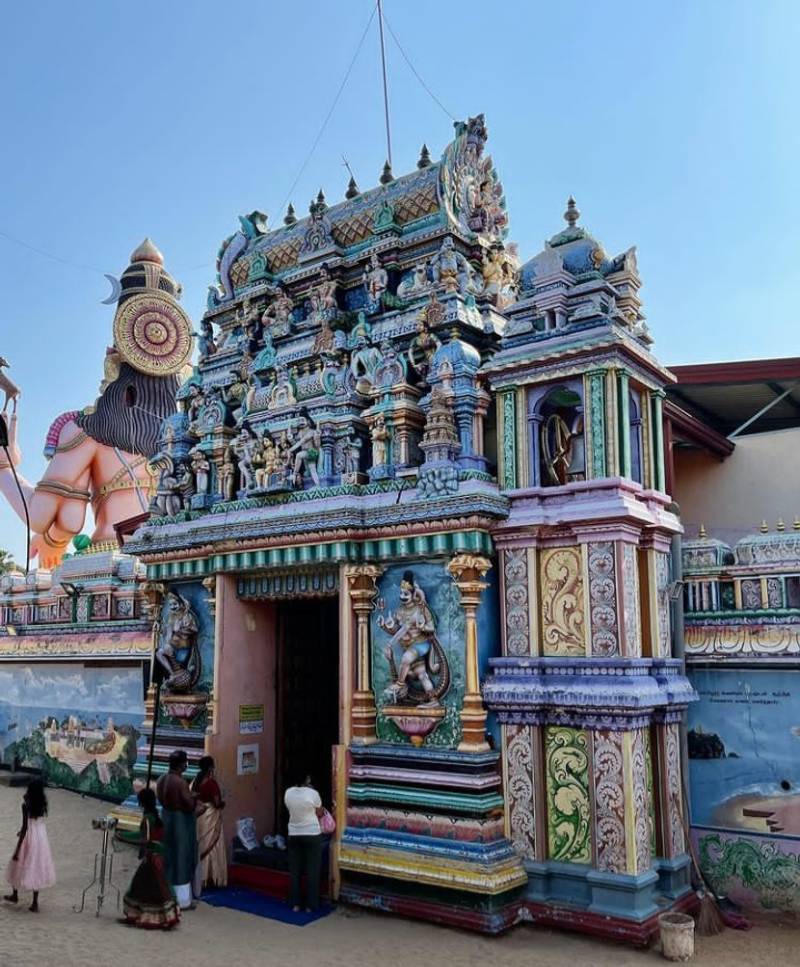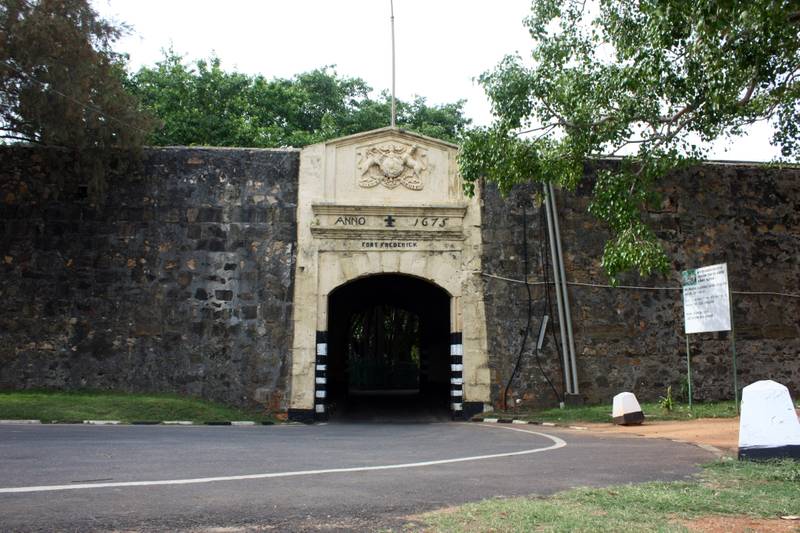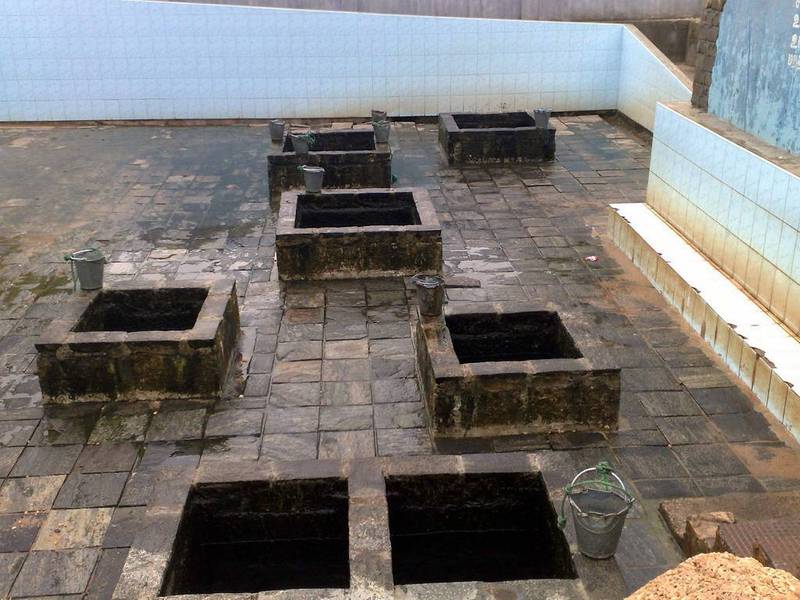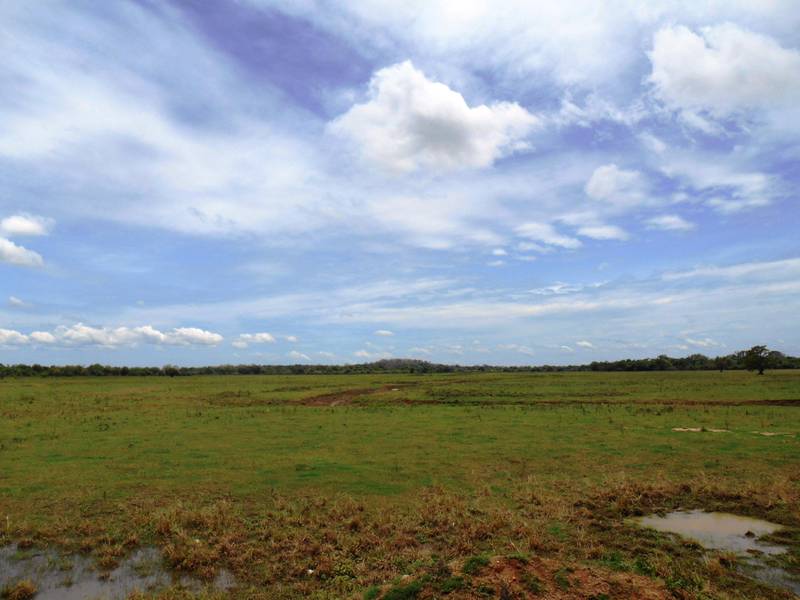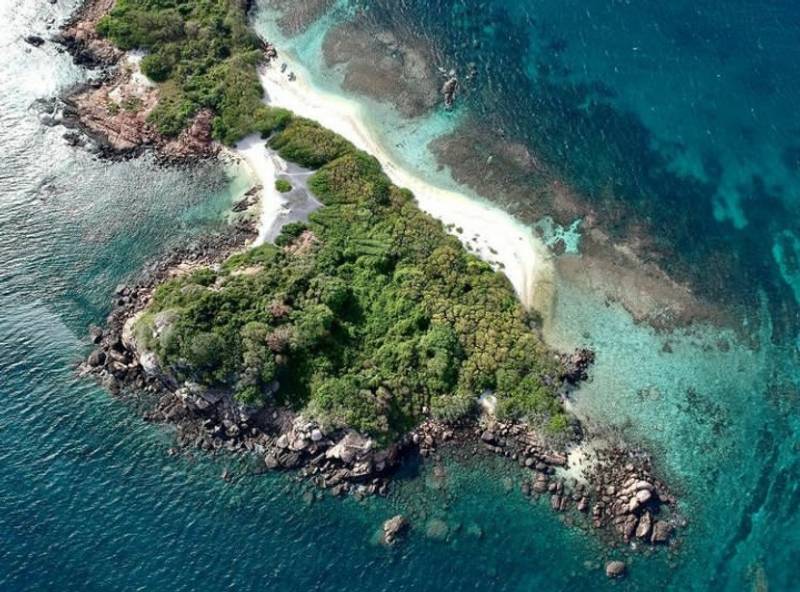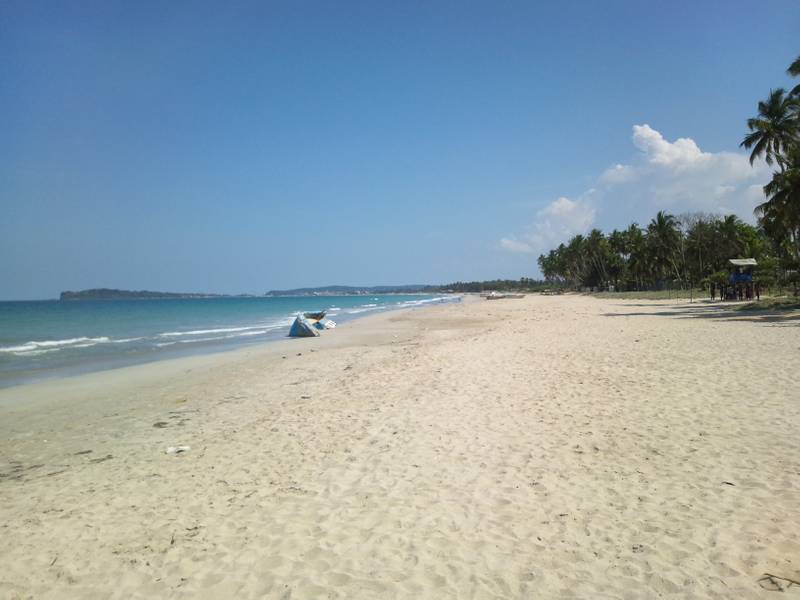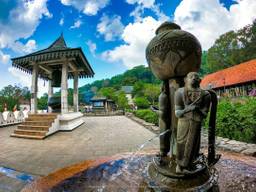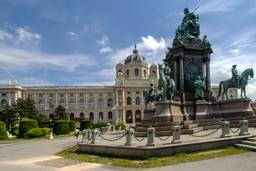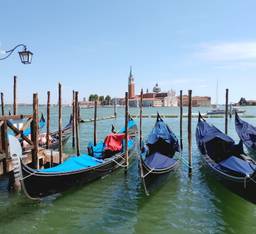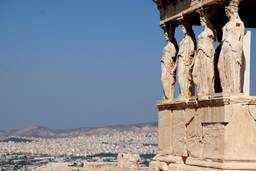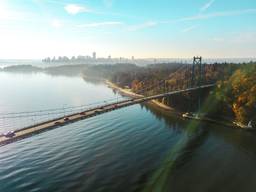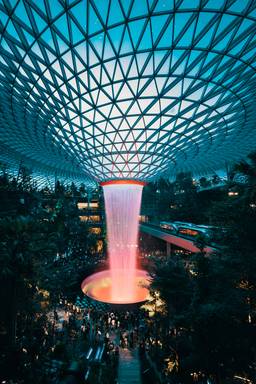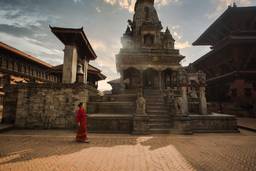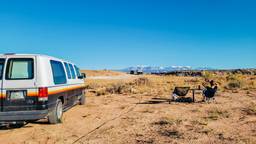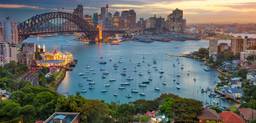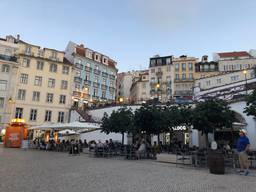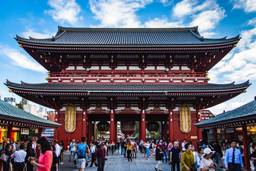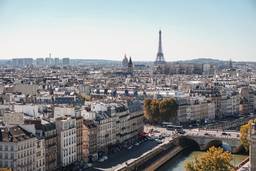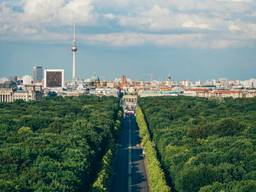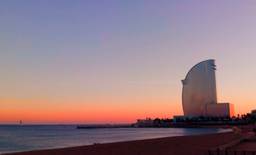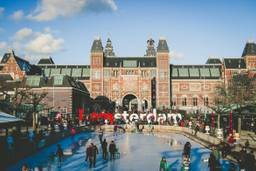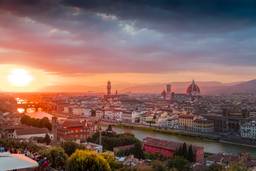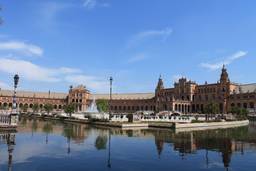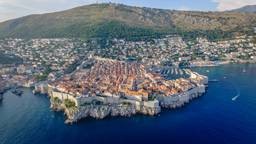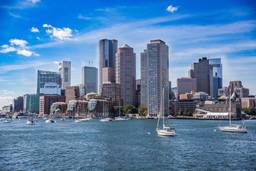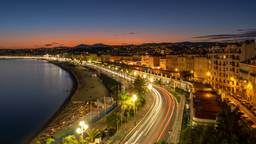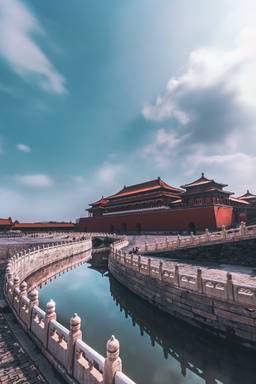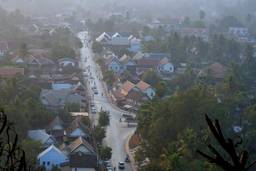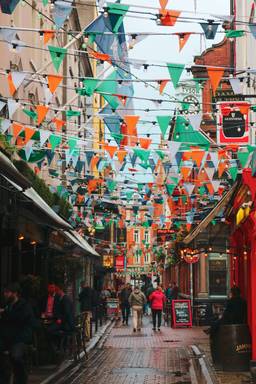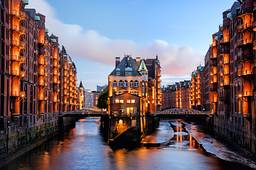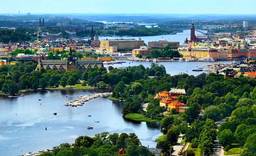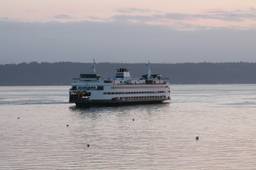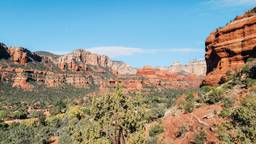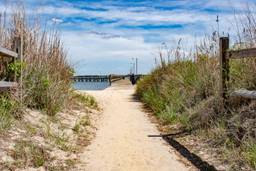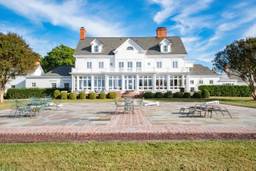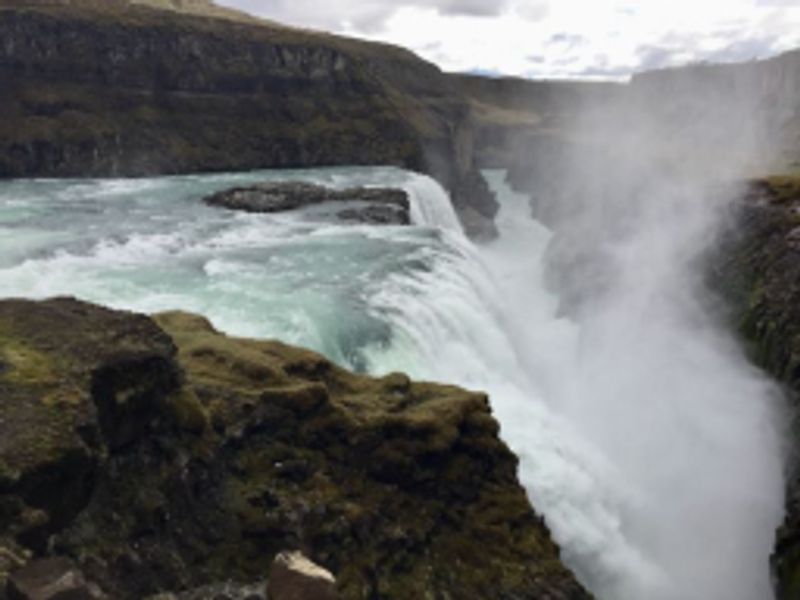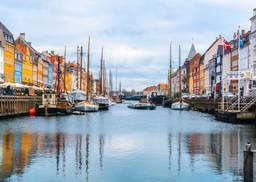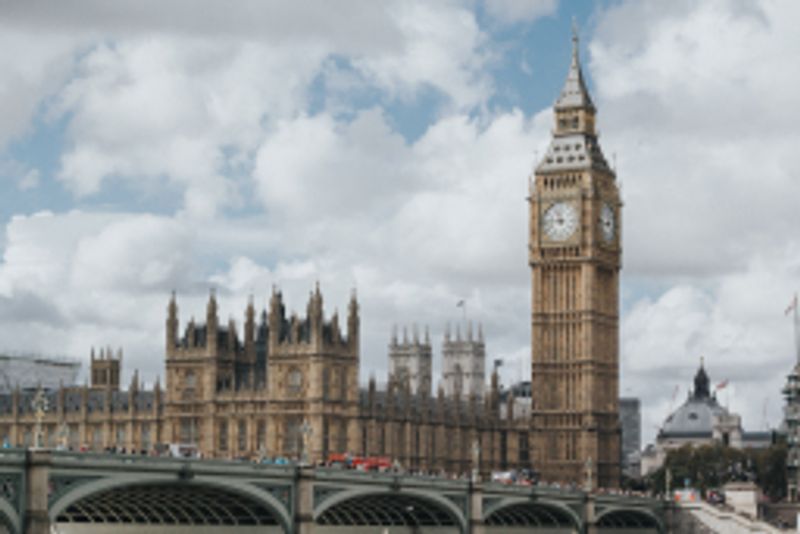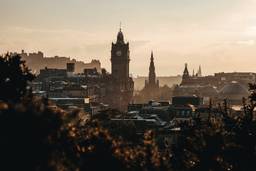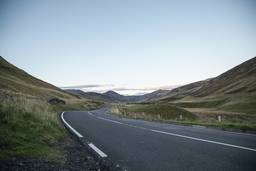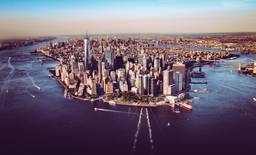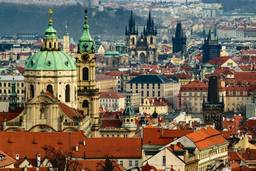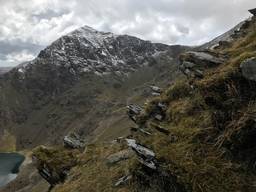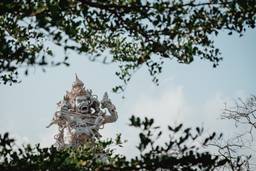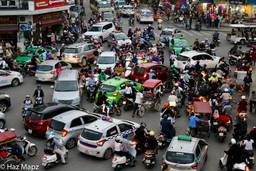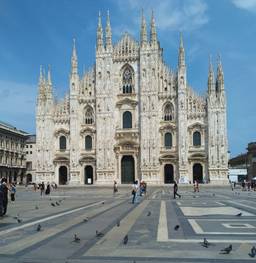How to spend 2 days in Trincomalee
Travel Itinerary
Itinerary Contents
Itinerary Introduction
Trincomalee is a port city situated in the heart of the northeast coast of Sri Lanka. Trincomalee is the city that houses the largest natural harbor in Asia. The Bay of Trincomalee at the time, opened the English Admiral Nelson, and is considered the most deep in the world. Infrastructure in Trincomalee is not well developed, however in the center you will find banks, currency exchange, shops, markets.Useful information about Trincomalee
The history of Trincomalee
Trincomalee's recorded history dates back over two and a half thousand years, beginning with the pre-modern civilian settlement associated with the Koneswaram temple.Best times to visit Trincomalee
The best time of the year to visit this amazing place would be between May and September. This is because during the monsoon season from October to early January the city will not be fully active with most of the shops and restaurants will be closed during this period of time.Getting to Trincomalee
If you arrived at Sri Lanka at the Bandaranaike International Airport, the city of Trincomalee is 233km away. It's located on the opposite coast of the country but it's well worth a visit. This city offers a multitude of experiences for visitors traveling along the island's east coast. Car or bus are good options to reach Trincomalee.Getting around in Trincomalee
Trincomalee does not require transportation to get around because the city is not very large. However, transportation is still required because the main resort area is located on the beaches of Uppuveli and Nilaveli. The best way to move around Trincomalee would to rent out a small motor bicycle you can find so many rental places in the city. The standard price is 1500 rupees per day, but if you haggle or look for, it can be found for 1200. As collateral usually ask for nothing, the agreement is not signed, all on parole.Where to stay in Trincomalee
In Trincomalee on the adjacent beaches of Nilaveli and Uppuveli quite a lot of accommodation options in different categories, ranging from single ending of hostels and five-star hotels with their territory. Start at a price of about 7.5$ you can stay in a hostel with a fac and if you want air conditioning it will be around 20$, the fully luxurious experience is also here at Trincomalee at about 100$ with meals included (all the prices are for single night stays).Beaches in Trincomalee
It can be stated that Trincomalee has the best white sand some of the most beautiful beached in the country. Trincomalee is also surrounded by wildlife, hilltops, and picturesque rock formations. Surfing is an activity which you have to try if you are in Trincomalee, it will be the best sea experience hence you will be able to experience the real beauty that the coast of the Trincomalee has to offer.Trincomalee - Travel Itinerary
Day 1
Nilaveli Beach
| Category | Price | Restrictions |
|---|---|---|
| Standard | Free |
Notes
Tip – If you come during the evening a wonderful sunset will be on your way which you can enjoy while having dinner.
Getting there
Nilaveli beach is situated about 16km North of Trincomalee. If travelling from Trincolamee 13.6 km to the north on the Pulmoddai Rd.
Koneswaram Temple
| Category | Price | Restrictions |
|---|---|---|
| Standard | Free |
Notes
Be mindful that you have proper attire which reaches below the knee and covers the shoulders and also you should take off shoes before visiting the temple. Also, most popular visit time are around 7 to 8 a.m when you can get a glimpse of the pooja as well.
Getting there
The temple is located on Sri Lanka's northeastern coast, near the very end of Konesar Road. Follow the path lined with shops past Fort Frederick (currently an army base and formerly a British colonial fort).
Fort Fredrick
| Category | Price | Restrictions |
|---|---|---|
| Standard | Free |
Notes
Once you are in the fort Fedrick it is just 600m walk for you to reach the Koneswaram Temple and you can do both of these tours as a two in one since both of the locations are very close together. If you want to have some rest after all the sightseeing then the Dutch bay beach is just 1km from the fort where you can refreshen up and have swim before starting the tour again.
Getting there
The fort is situated 4.2 km away from Trincomalee. When coming from the city you can come down in the konesar road and at the roundabout you have to turn to the left where you will see the entrance of the fort Fedrick.
Kinniya hot springs
| Category | Price | Restrictions |
|---|---|---|
| Standard | Free |
Notes
Ticket -Hot spring 10 rupees per person
Getting there
The springs are located about 8 to 9 kilometers away from the main temple and fort on the same road.
Day 2
Somawathiya National Park
| Category | Price | Restrictions |
|---|---|---|
| Standard | 100.00 - 150.00 USD |
Notes
If you can go inside the national park as early in the morning possible then it will be easier to observe so many animals hence it is the most active time of the animals. Ticket – For a normal 3.5 hours to 4-hour safari inside the national park will cost approximately 100 -150 $ a for two person tour with a guide.
Getting there
The Park can be reached from Polonnaruwa or from Minneriya when you are travelling from Trincomalee. Coming from Minneriya, you have to pass the Higurakgoda town to reach Sungawila. From Polonnaruwa, you need to turn at the Hospital Junction (between Polonnaruwa and Kaduruwela towns). The distance to the stupa from both these towns (Minneriya and Polonnaruwa) is about 40 kilometers.
Snorkeling at Pigeon Island
| Category | Price | Restrictions |
|---|---|---|
| Standard | 45.00 - 60.00 USD |
Notes
The normal range is at 45 – 60 $ according to the package for a person for approximately a three-hour session.
Uppuveli Beach
| Category | Price | Restrictions |
|---|---|---|
| Standard | Free |
Notes
The whale watching season starts around May and ends in September / October. Also make sure to ask other travellers who have been on whale watching to check if they’ve seen whales otherwise, it might be a waste of time and money.
Getting there
The uppuveli beach can be reached easily by foot if you are in the Trincomalee town. It is only a five-minute drive to the beach if going by road. You have to go down the uppuveli road about 2.7km then you will reach the Uppuveli beach.
Reviews
Login to write a review


